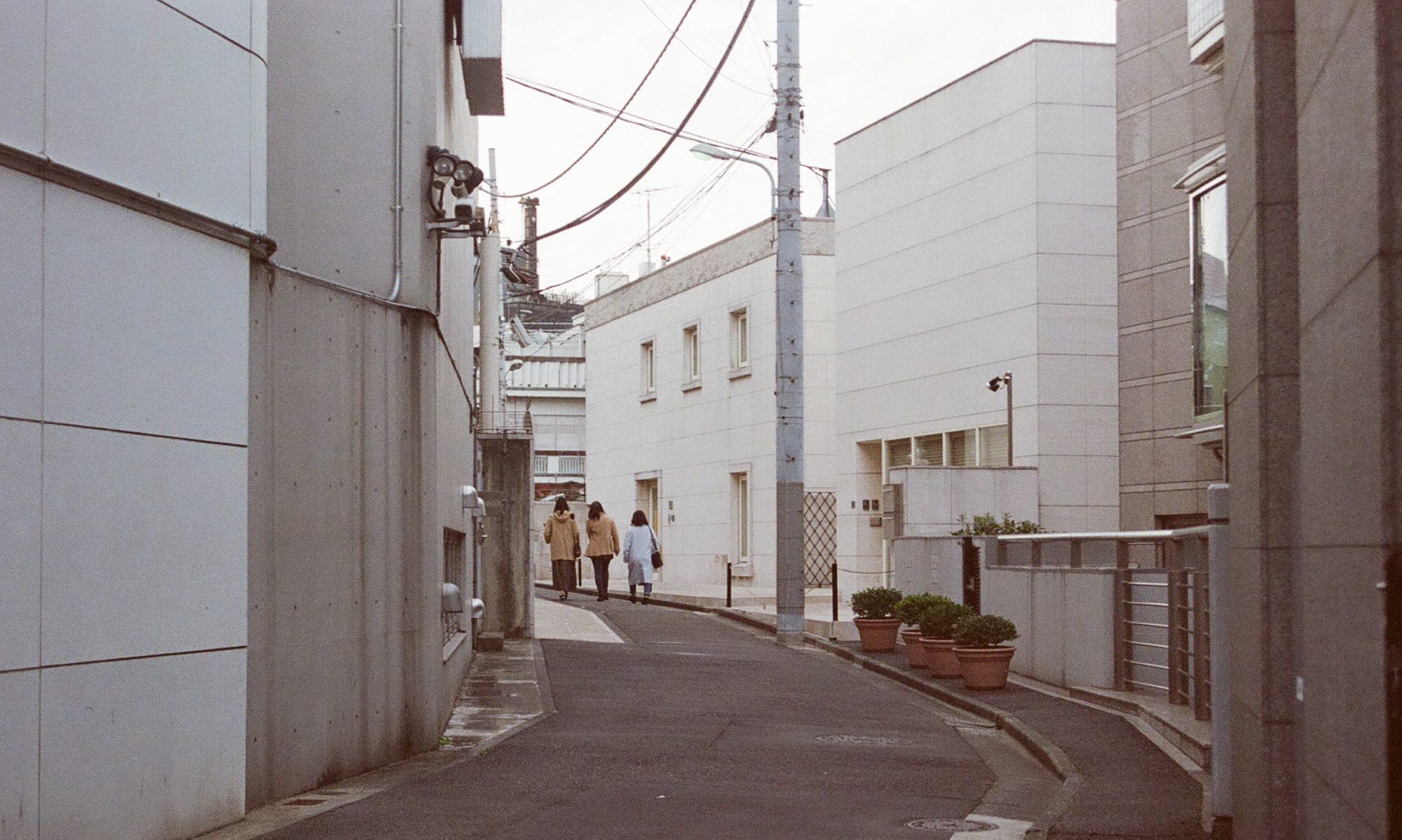SENSORY EXPERIMENTS
Perceptual box

I am still in the midst of designing my “perceptual box” and fine tuning the details of my sensory experiments.
Referencing:
Yanagisawa, H., & Takatsuji, K. (2015). Effects of visual expectation on perceived tactile perception: An evaluation method of surface texture with expectation effect. International Journal of Design, 9(1).
Surface Texture
- People perceive and/or predict a surface’s characteristics corresponding to each physical attribute through sensory information, a process that we call perceived features (eg. Surface roughness perceived through touch).
- Using a combination of perceived characteristics of surface texture, people perceive a tactile quality, such as “nice to touch”.
Sensory modalities
- During such sensory modality transitions, we expect or predict the perpetual experience that we might have through a subsequent sensory modality by first using a prior modality, such as in the case of expecting a particular tactile perception by first looking at a surface texture.
- On the other hand, prior expectation also affect posterior perceptual experiences – a phenomenon known as the expectation effect.
- 3 aspects of experiment:
- Participants were asked to evaluate the tactile quality of a target object under three perceptual mode conditions:
Visual expectation (V), Touch alone (T) and Touch following a visual expectation (VT) - To evaluate:
- Perception of disconfirmation – difference between VT and V
- Expectation effect – difference between VT and T
- Perceptual incongruence – different between V and T
Measurement:
Evaluate Tactile feeling using four opposite adjective pairs (“nice to touch-unpleasant to touch”, “smooth-rough”, “hard-soft” and “sticky-slippery”) – Between each adjective pair was a scale comprised of five ranges. Participants responded to each adjective scale by marking the rating on a questionnaire sheet, which employed a semantic differential (SD) scale.

SENSORY EXPERIMENTS
PART 1
Things I want to explore when I finish constructing the perceptual box. I went back to look at my hypothesis for my project, and I would like to center my experiments through connecting the visual properties of light to the visual qualities of material, and see if a tactile quality can be associated.

- Playing with Rhythm
Light quality: Rhythm?
Visual quality: PatternTrying to connect how rhythmic/ flashing lights to a tactile effect


- Ryoji Ikeda – Test Pattern (2013)
https://www.youtube.com/watch?v=XwjlYpJCBgk - Playing with Colour
Light quality: Frequency?
Visual quality: ColourConnecting a texture (frequency) to colour


Using touch sensors - Playing with Colour
Light quality: Intensity/ Diffusion
Visual quality: Opacity/ TranslucencyTrying to connect force with sharpness of light

PART 2
MATERIAL PERCEPTION – Can we perceive/ infer material based on visual results of reflected light?


- Playing around with material’s interaction with light, if light can be given visual forms/ textures
- Recreate the textures/ find tactile similarities with physical materials
Build a hologram in my perceptual box:


https://mashable.com/2016/10/24/holovect-3d-projections-star-wars/
Interesting Light phenomenon/ visual textures I noticed:
Ryoji Ikeda – Spectra (2014)

Reminds me of:

‘Touch’ in Art – What would trigger touch?
Last week, it was mentioned that I could look into works that trigger touch, but I missed out on the example that was given.
Vocab? – To find consensus between descriptions of how light is subjectively perceived


ISEA 2020 – Why Sentience?
DATA GLOVES Workshop 17-18 October
The “Data Gloves” were developed with the purpose of interacting with the VR environment “Human After”, a piece by Anni Garza Lau. Under the problem of the high cost of a set of commercial gloves, we realized that we had the ability to manufacture a pair of gloves with a very detailed ability to acquire information about the position of the fingers for a fraction of the price.
https://www.radiancevr.co/artists/anni-garza-lau/


I am not sure how useful the gloves would be in terms of simulating haptic qualities, instead as a glove to obtain data but we will see how it goes.
